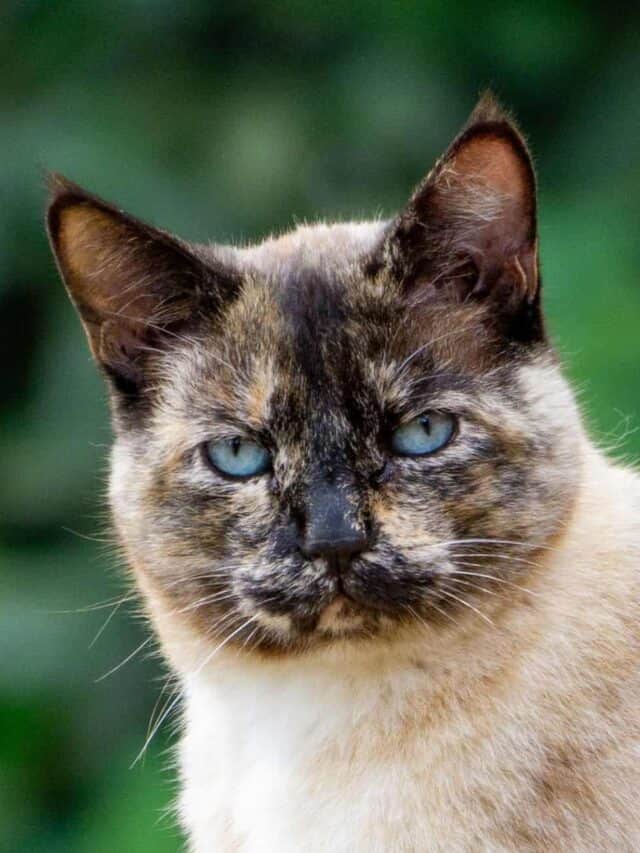The domestic cat, also known as the house cat or the domestic feline, is a domesticated species of the family Felidae. Domestic cats are descendants of the African wildcat, and they were first domesticated by humans around 10,000 years ago.
Domestic cats are known for their ability to coexist with humans and their ability to adapt to a wide range of environments.
Cats are also known for their playful and affectionate personalities, and many people enjoy the companionship that a cat can provide.
Here are 20 fun facts about domestic cats.
1. Popular pets
Cats are one of the most popular pets in the world. In the United States alone, there were about 58 million cats living in U.S. households in 2018.
2. Cats are highly flexible
Cats are known for their flexible bodies and quick reflexes. They can rotate their ears 180 degrees and can jump up to five times their own body length.
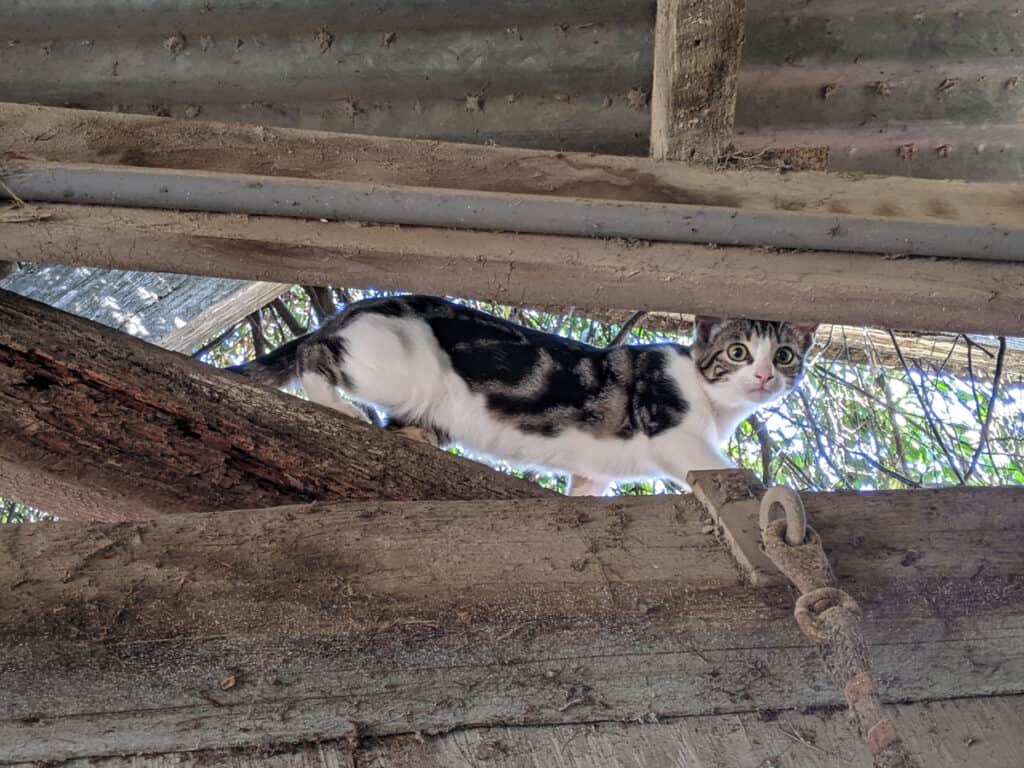
Cats have a unique skeletal structure that allows them to twist and contort their bodies in ways that other animals cannot. This helps them to move quickly and efficiently when hunting or playing.
3. Cats have a righting reflex
Cats have a flexible spine and can rotate their hind legs, which allows them to land on their feet from falls from great heights. This is known as the “righting reflex”.
It’s a common belief that cats always land on their feet, thanks to this phenomenon. Unfortunately, cats can still be injured from falls. Despite their agile nature, falls from significant heights can result in severe injuries. The prevalence of cats being injured by fall from tall buildings is known as “high-rise syndrome”.
Always ensure your cat’s safety by securing windows and balconies.
4. Strong sense of smell
Cats have a strong sense of smell and can detect a variety of scents, including pheromones and chemicals.
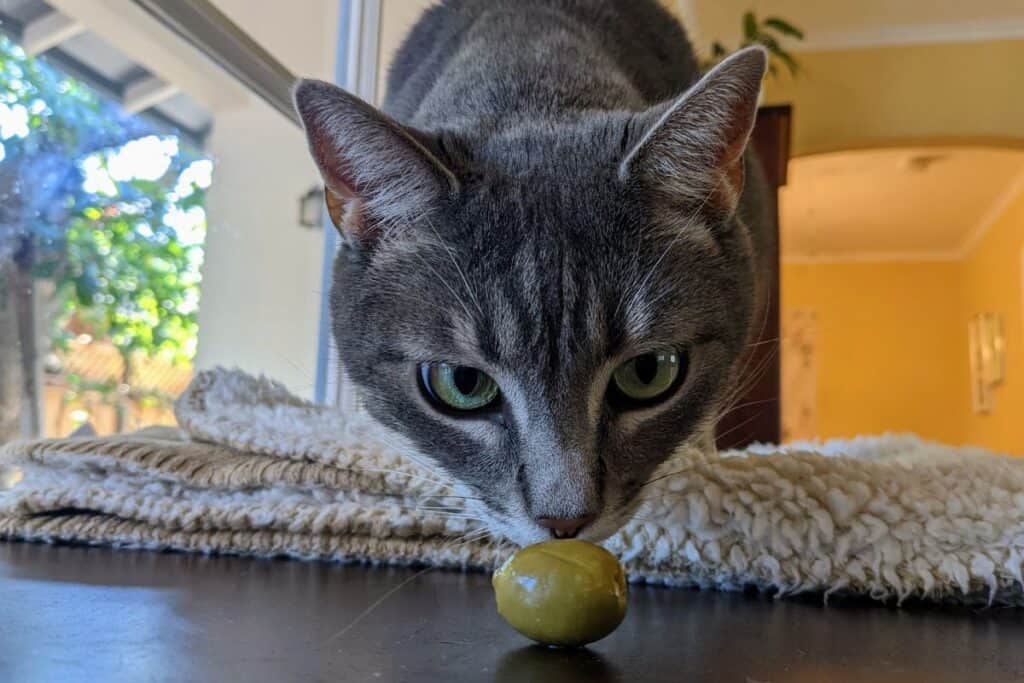
5. Cats don’t lap their water like dogs
Cats have a unique way of drinking water. Cats use their tongues to scoop up water and then curl it backwards into their mouths.
6. Third eyelid
Cats have a third eyelid, called a nictitating membrane, which helps to keep their eyes moist and protected.
7. Cats sleep. A lot
Cats are known for their love of napping. In fact, cats can sleep for up to 16 to 20 hours per day.
This behavior is a throwback to their wild ancestors, who needed to conserve energy for hunting. While your domestic cat may not need to hunt for its dinner, the instinct to conserve energy through sleep remains deeply ingrained.

8. Lots of different types of vocalizations
Cats have a range of vocalizations, including meows, purrs, hisses, and growls, which they use to communicate with humans and other cats.
Adult cats will only meow to other humans and not to other cats.
9. Cats are obligate carnivores
Cats are carnivorous animals and have a natural instinct to hunt and eat small prey, such as mice and birds.
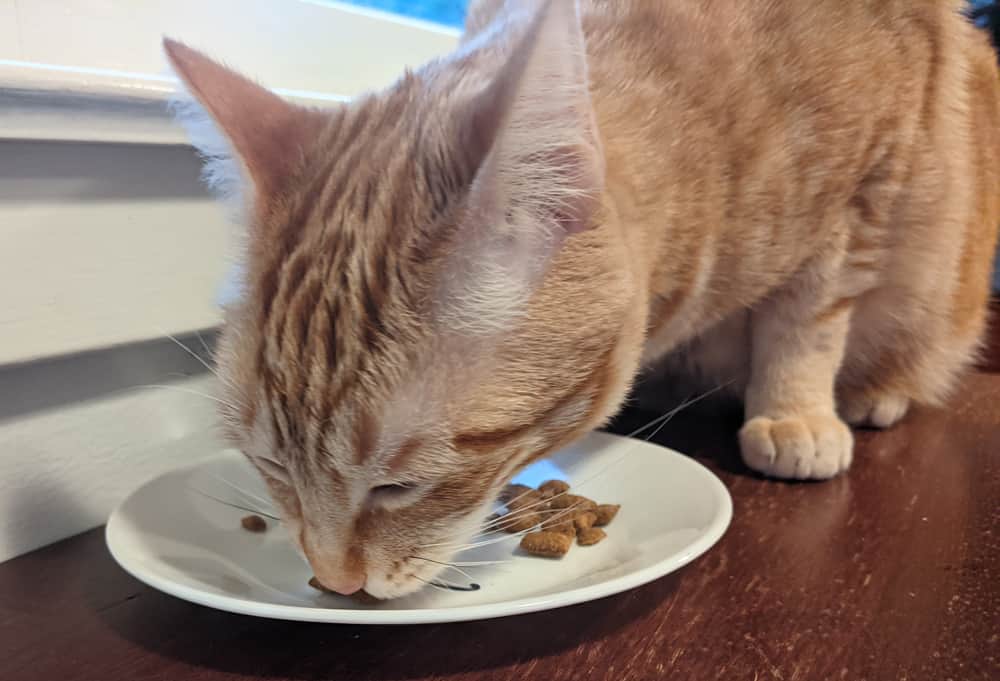
Cats have a unique digestive system that is adapted to a diet of mostly meat for felines. Their stomachs produce powerful enzymes that help to break down protein, and they are unable to digest plant-based foods as efficiently as other animals.
10. Cats have been living with humans for thousands of years
Cats have been domesticated for thousands of years, and there is evidence of cats living with humans as far back as ancient Egypt.
11. Cats are solitary hunters
Cats are solitary hunters and prefer to hunt and eat on their own, rather than in a group.
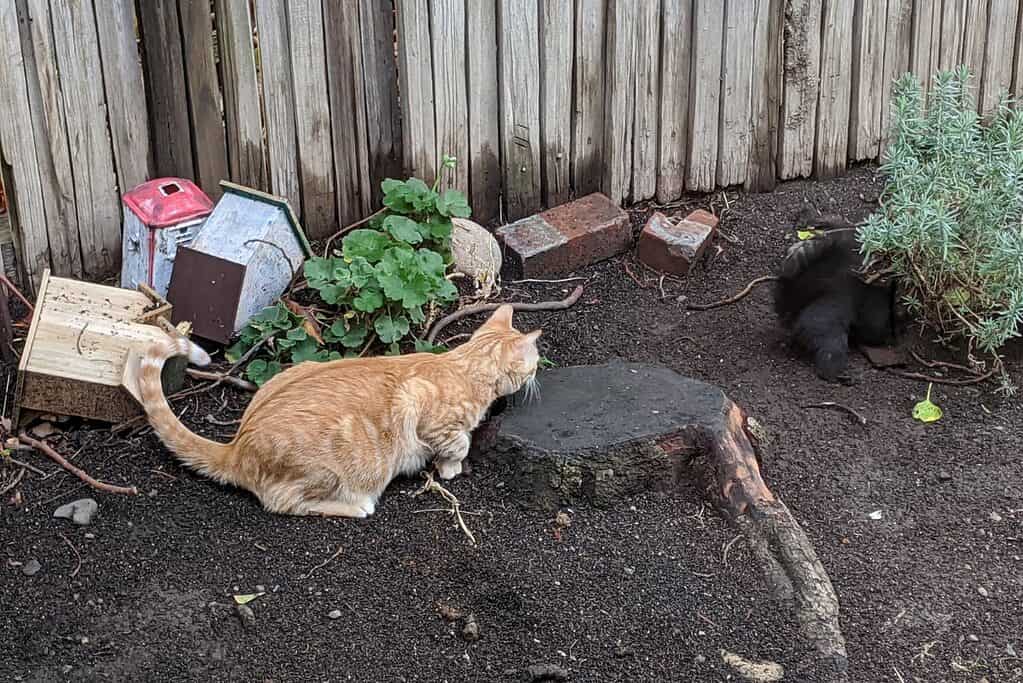
12. Cats like to mark things and people with their scent
Cats have a strong territorial instinct and will mark their territory with urine or by scratching objects with their claws.
When a cat rubs its face on you or on furniture, it’s not just a sign of affection – it’s also marking you with its scent. This is the cat’s way of signaling that you are part of its ‘in-group’ or territory. It’s a way of mixing scents, which in the feline world signifies trust and familiarity. This behavior, known as bunting, is therefore considered a high compliment in the world of cats!
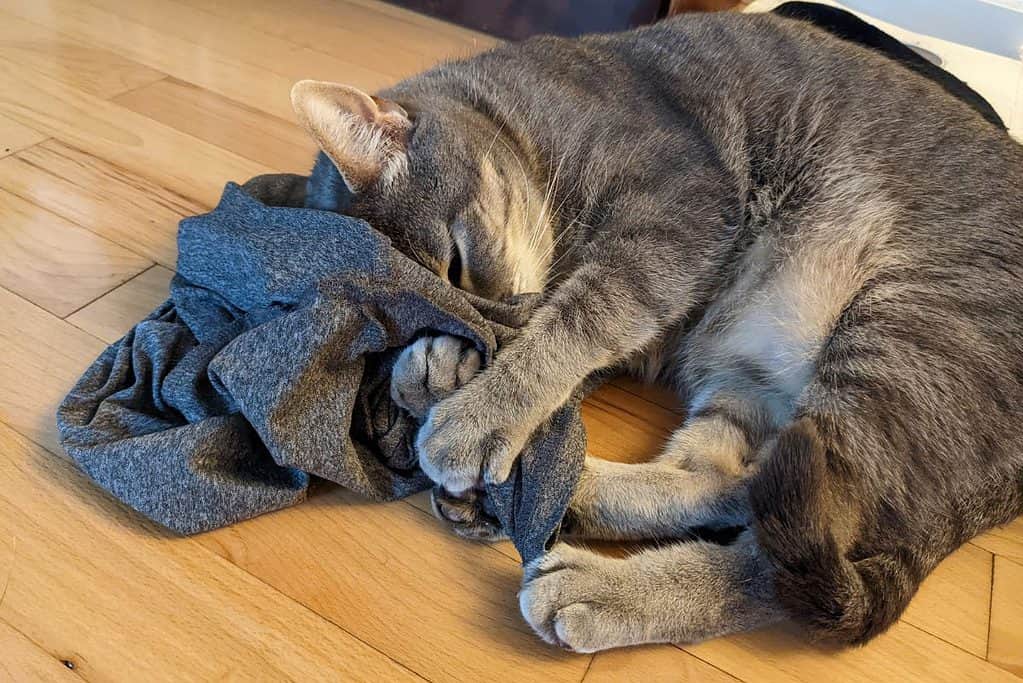
In contrast, when cats feel threatened or wish to assert dominance over a particular area, they might resort to a different kind of marking behavior – spraying. This involves releasing a stronger-smelling urine-based scent marker, usually on vertical surfaces. Spraying is often seen in unneutered males, but both male and female cats can exhibit this behavior, especially in multi-cat households or when they feel their territory is threatened.
13. Cats spent a lot of time grooming
Cats have a grooming ritual that involves licking their fur to keep it clean and free of tangles. This helps to keep their coats healthy and also helps to keep their skin cool.
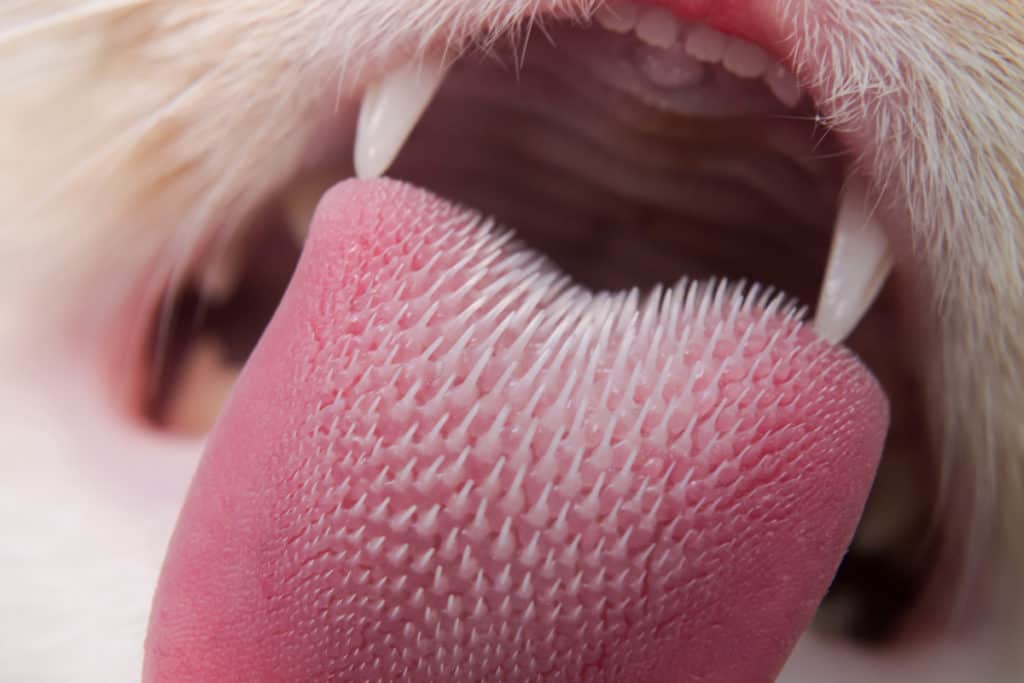
A cat’s tongue is covered in small, hook-like structures called papillae, which give the tongue its rough texture. These papillae are made of keratin, the same material that makes up human fingernails. Cats use these to groom their fur, scraping away dirt and loose fur.
14. Cats are naturally curious and playful
Cats have a natural tendency to explore and play, and many owners provide toys and other objects for their cats to play with to help keep them entertained and engaged.
15. Cats need something to sharpen their claws on
Cats have a strong desire to scratch, which helps to keep their claws healthy and sharp. Many owners provide scratching posts or other objects for their cats to scratch on to prevent damage to furniture and other household items.
16. Cats also use body language to communicate
Cats have a unique way of communicating with their owners and other cats through body language and facial expressions.
17. Cats form social bonds with humans and other animals
Cats are known for their independent nature and their tendency to be more aloof and less dependent on their owners than other pets, such as dogs. However, many cats form strong bonds with their owners and can be taught to respond to some tricks and commands.
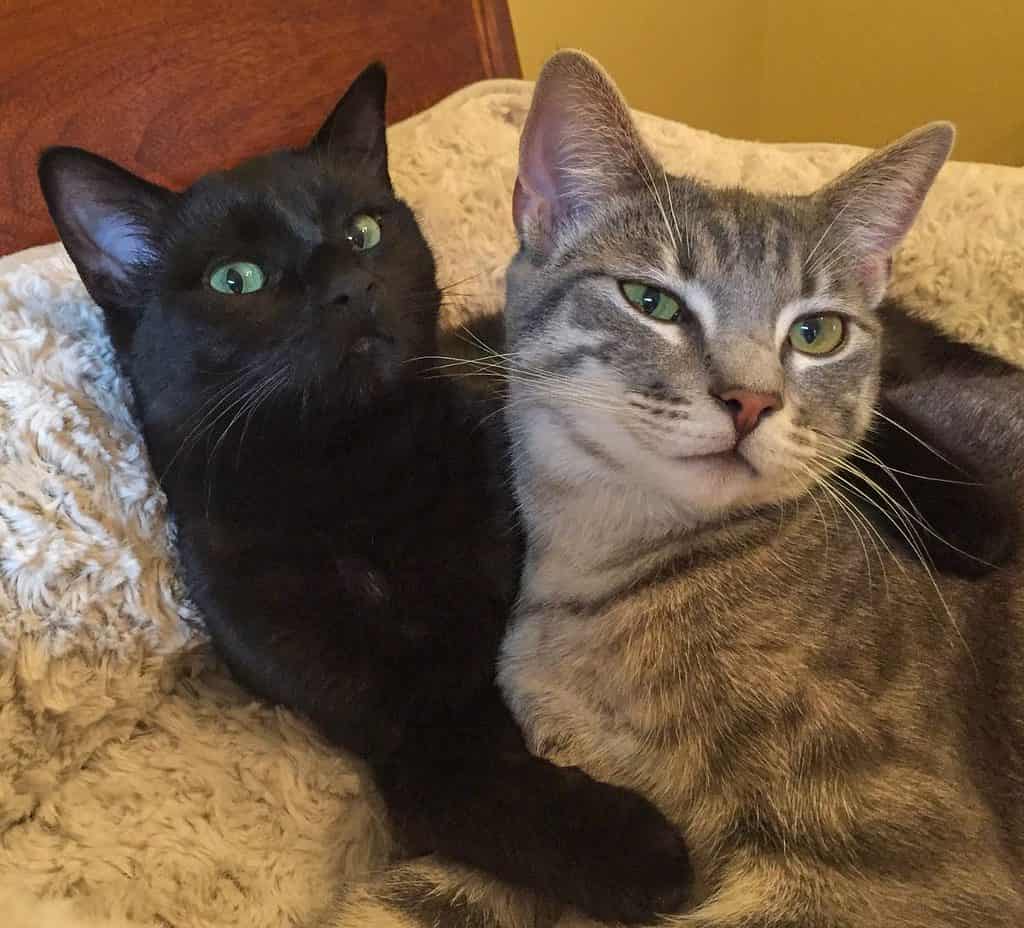
18. A purr with healing powers
You’ve likely heard and felt the comforting purr of a cat. But did you know that a cat’s purr might possess healing properties? Cats purr at a frequency between 20-140 Hertz, a range known to promote tissue regeneration.
While purring is undoubtedly a form of communication, some experts suggest it could also be a healing mechanism that aids in recovery after injury.
19. Whiskers as a sixth sense
A cat’s whiskers are not just decorative; they serve as a sophisticated sensory apparatus. Cats use their whiskers to gauge the size of openings, detect changes in their environment, and even sense the movement of prey.
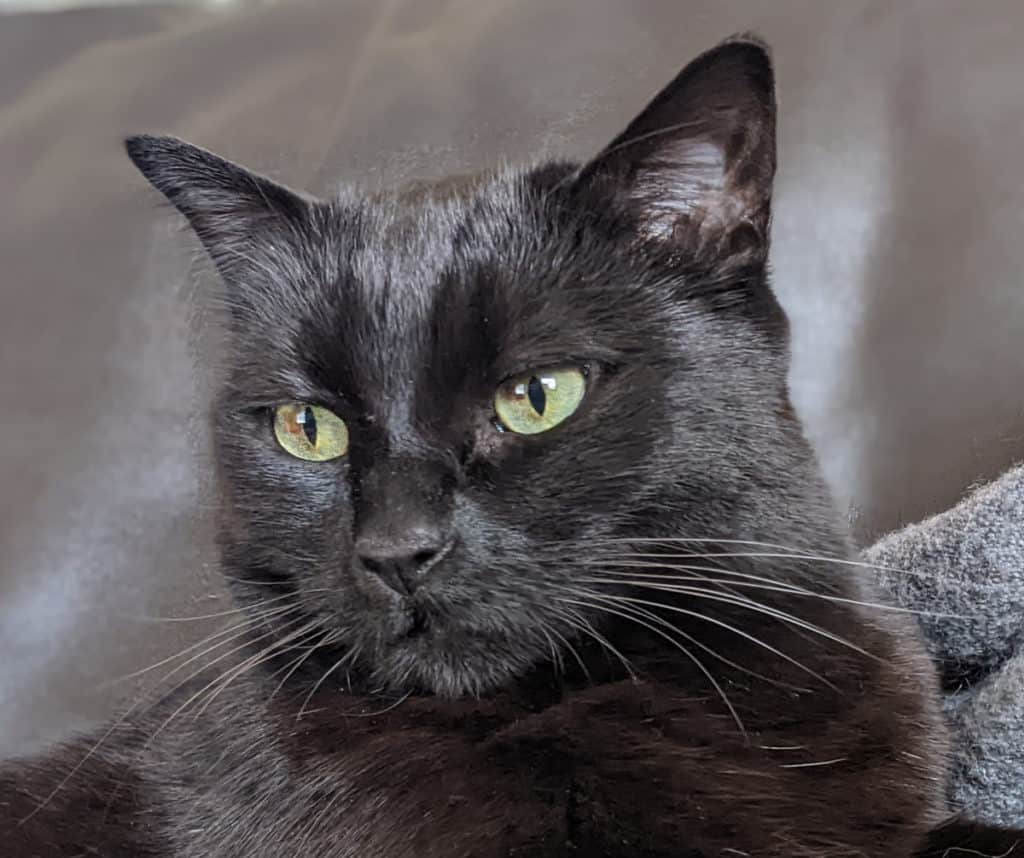
Additionally, a cat’s whiskers are generally about the same width as its body, helping to determine whether they can squeeze through narrow spaces. Because of this, obese cats can sometimes misjudge the amount of space they need to pass through an opening and get stuck.
20. Right-pawed or left-pawed
Just like humans, cats have a preference for their right or left paw. One study found that female cats tend to be right-pawed, while males usually prefer their left.
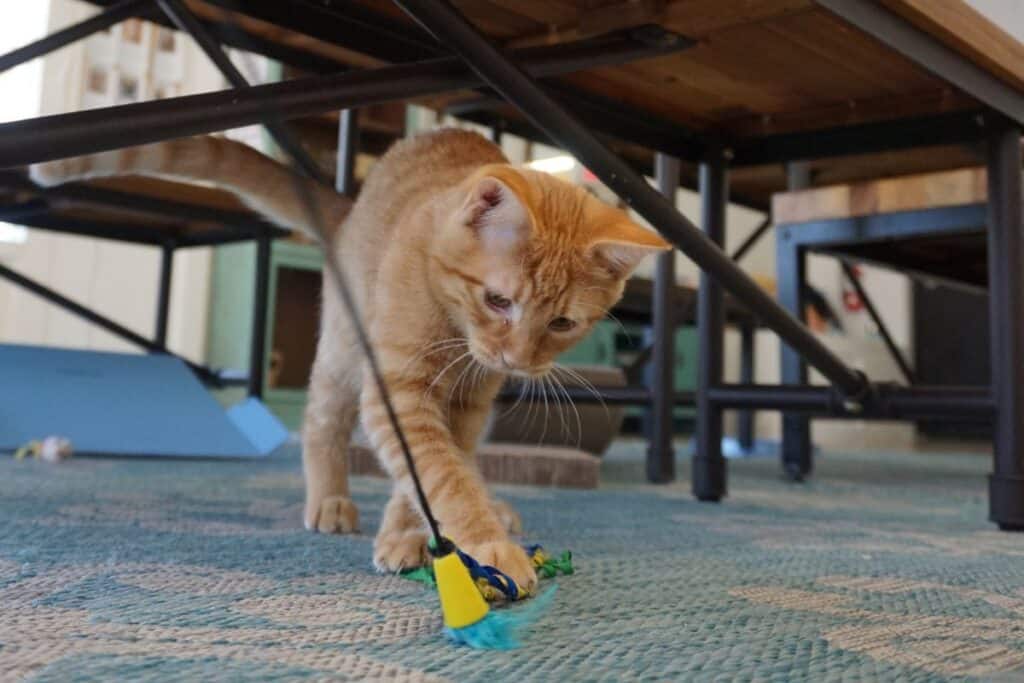
You can test this by observing which paw your cat uses to reach for treats or toys.
21. No Sweet life
Cats are among the few animals that can’t taste sweetness. This is because they lack the specific gene that allows many mammals to enjoy sweet flavors.
As obligate carnivores, their diets in the wild consist almost exclusively of meat, reducing the need for sweet taste receptors.
22. Retractable claws
Cats have retractable claws, which allows them to extend and retract their claws as needed for hunting and climbing.
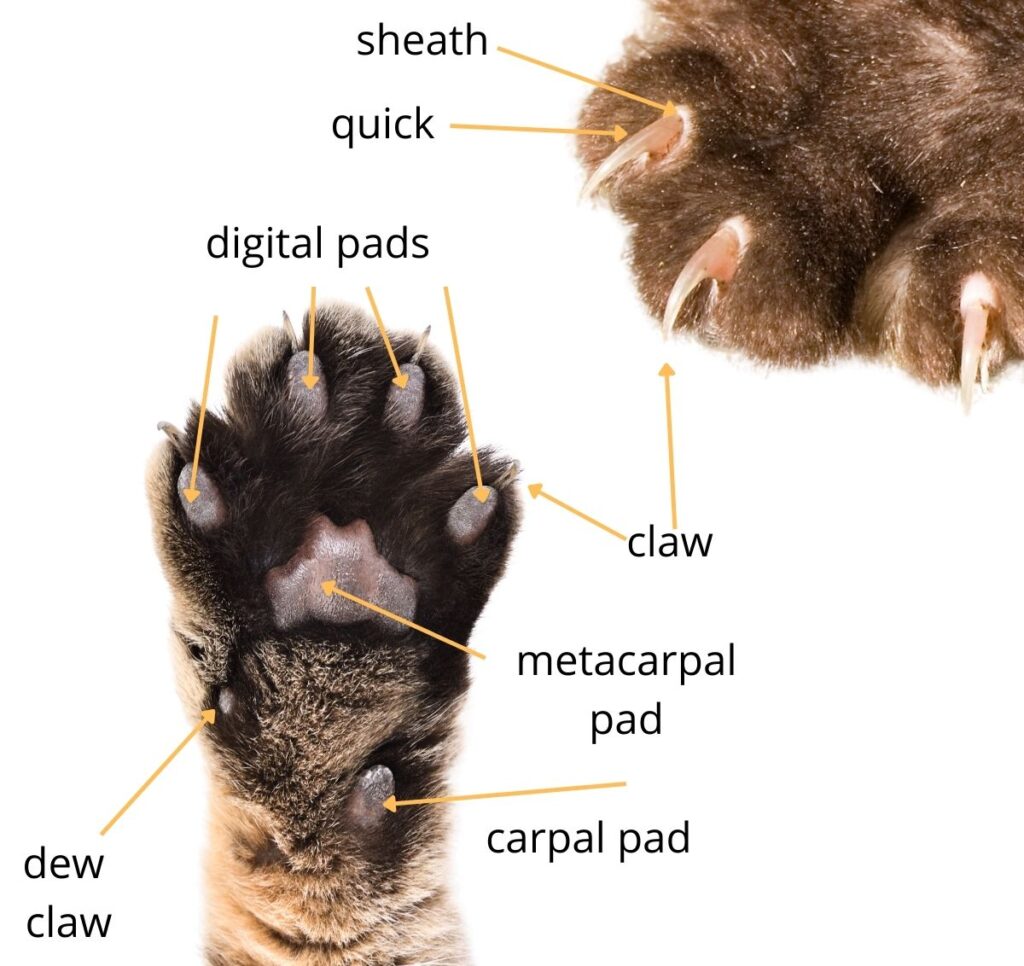
23. Highly evolved night vision
Although they can’t see in the dark, cats have excellent night vision, far superior to humans. They can see clearly in low light conditions, thanks to a high number of rods in their retinas and a structure called the tapetum lucidum that reflects light back through the retina.
This ability, combined with their extraordinary hearing, makes them proficient nocturnal hunters.
24. Unique nose “prints”
Each cat’s nose has a unique pattern of ridges and bumps. This means that no two cats have the exact same nose print.
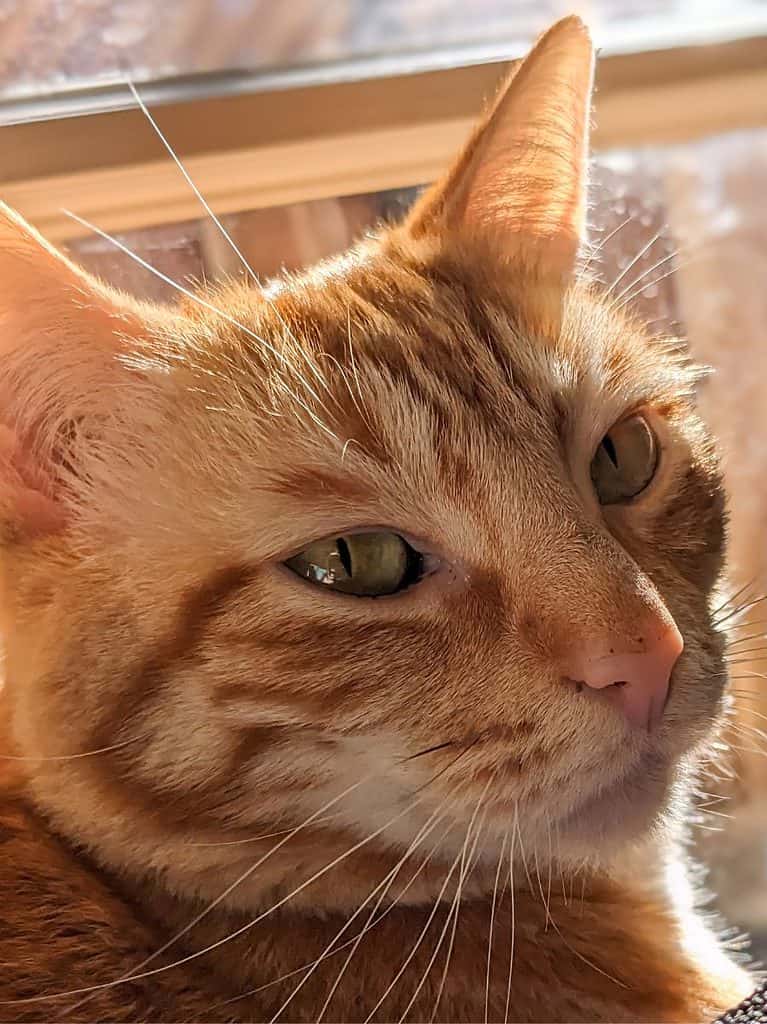
While we use fingerprints in human identification, nose prints haven’t become a common method of identification in cats, but it’s a fascinating fact nonetheless.
26. Hydration through Food
In the wild, cats derive much of their hydration from the prey they consume. Domestic cats retain this instinct, which is why they often have a low thirst drive.
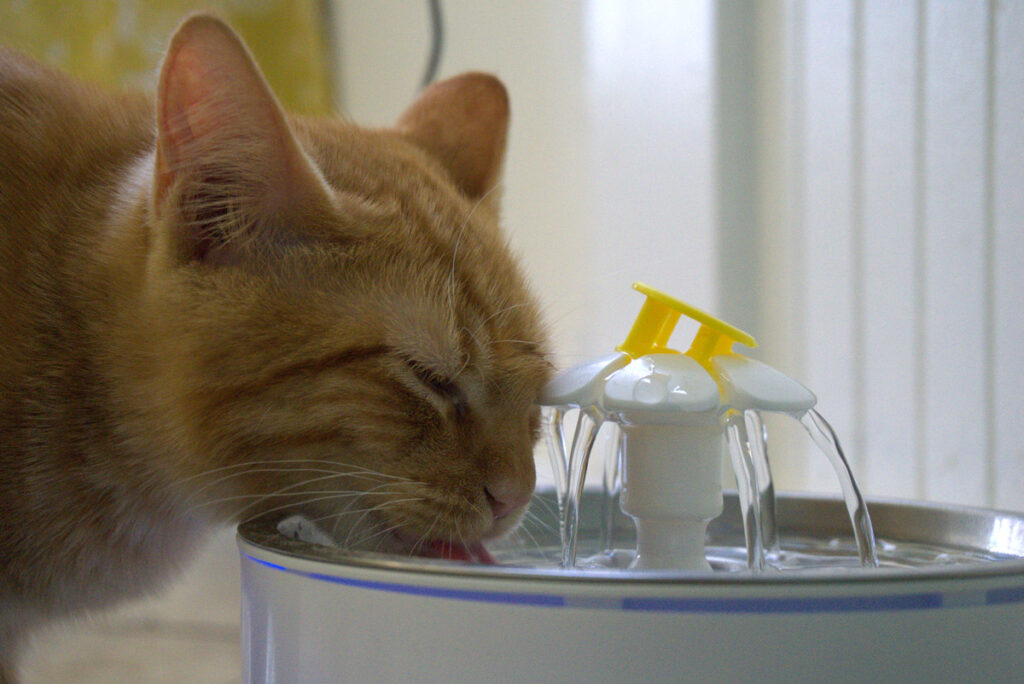
This can make it challenging to ensure they get enough water through drinking alone. Feeding wet food can help meet their hydration needs, though fresh water should always be available.
To encourage your cat to drink more water, make sure you refresh their water daily and place the bowls away from their food dishes and litter boxes.
27. Some cat breeds are more talkative than others
Have you noticed your cat seems to “talk” more than others? That might be because certain cat breeds are known for their vocalizations.
Breeds like the Siamese, Bengal, and Maine Coon are renowned for their chattiness.
28. That weird face your cat makes
Ever seen your cat make a funny face after smelling something? They’re showing the Flehmen response, a behavior that draws scents into the vomeronasal organ (Jacobson’s organ), enabling them to analyze smells more deeply.
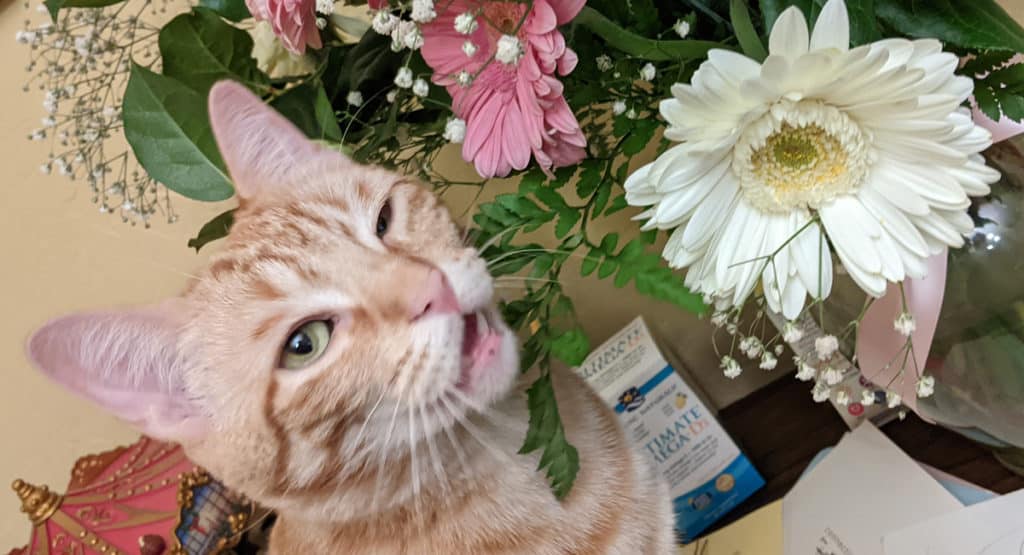
This grimace-like face is often seen when they encounter intriguing or intense scents.
View: 7 intriguing facts about cats
This article was originally published on December 2, 2023 and has since been updated.

